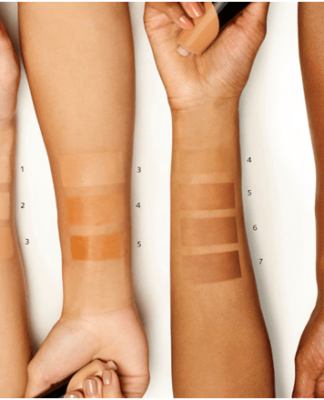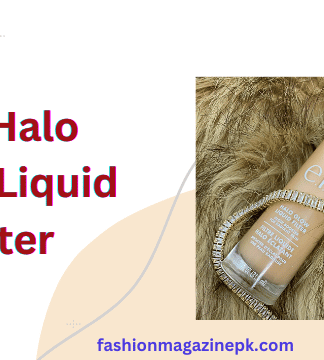The beauty industry is a global powerhouse, and with the rise of online shopping, more consumers are purchasing their favorite beauty products from international and domestic e-commerce platforms. However, the transit process can expose beauty products to various risks, including temperature fluctuations, pressure changes, and physical damage. To help ensure that these items arrive at their destination in pristine condition, here are expert tips and strategies for keeping beauty products safe in transit.
1. Understanding the Challenges Faced in Transit:
Contents
Beauty products are particularly susceptible to environmental factors. For instance, extreme temperatures can cause products like lipsticks and creams to melt or separate. Similarly, rough handling during shipping can lead to broken containers or spilled products. Recognizing these potential hazards is the first step in preventing them.
2. Choosing the Right Packaging:
-
Internal Packaging: Experts recommend using robust internal packaging materials. Bubble wrap, foam inserts, or padded dividers can protect the products from shocks and vibrations. For liquid products, securing the lids with tape can prevent leaking.
-
External Packaging: The outer box should be sturdy enough to withstand the rigors of transit. Corrugated cardboard boxes are popular for their strength and durability. It’s also vital to ensure the box is the right size—too large, and the products may move around; too small, and they might be squeezed.
3. Climate Control Solutions:
-
Insulation: Using insulated packing materials can help maintain a stable temperature. This is particularly important for products that are sensitive to heat or cold.
-
Cold Packs: For products that need to be kept cool, cold packs can be included in the packaging. However, it’s crucial to wrap these packs to prevent condensation from affecting the products.
4. Sealing and Waterproofing:
Ensuring that all products are tightly sealed is crucial. Additionally, waterproofing the packaging can provide an extra layer of protection against moisture, which is particularly important for powders and electronic beauty tools.
5. Labeling and Handling Instructions:
Clearly labeling the boxes with handling instructions such as “Fragile” or “This Side Up” can influence how carriers handle the packages. Including proper documentation for international shipments can also prevent delays in customs, which could expose the products to unfavorable conditions for longer periods.
6. Choosing the Right Shipping Partner:
Not all courier services are equal, especially when it comes to handling fragile items like beauty products. Researching and selecting a shipping partner from reputable international shipping companies with a good reputation for handling such goods can reduce the risk of damage.
7. Insurance and Tracking:
Insuring the shipment can provide financial protection against loss or damage. Tracking the package allows both the sender and recipient to monitor its journey and react quickly if there are any issues like delays or misrouting.
8. Customer Communication:
Keeping customers informed about the transit process and what has been done to protect their products can enhance customer satisfaction and trust. Providing tips on how they should handle and store the product upon arrival can also be beneficial.
Conclusion:
Shipping beauty products requires careful consideration of the product’s specific needs and vulnerabilities. By implementing the expert advice outlined above—selecting appropriate packaging, controlling the climate during transit, ensuring robust sealing and waterproofing, and choosing the right shipping partner—businesses can significantly minimize the risks associated with transporting beauty products. This not only protects the products but also enhances customer satisfaction and trust in the brand. With thoughtful preparation, your beauty products can look just as good arriving at the destination as they did leaving the warehouse.

















